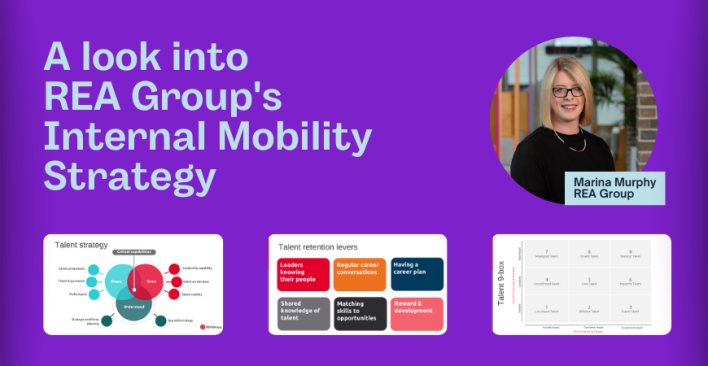What I learned about Talent pools: Reducing time-to-fill with Andy Gooden from Little Real Estate

Welcome to the final article of our Talent pool series. We have been exploring Talent pools and learning from some of our local Talent leaders who are using this recruitment strategy to help them grow their Talent pipelines and cultivate great candidates and next up, we have Andy Gooden, Chief Operating Officer at Little Real Estate.
Having spent the better part of its 9-year history reacting to changes within the Talent scene and being held back by traditional recruitment processes, Australia’s largest privately-owned real estate agency, Little Real Estate, thought the time has come for a change.
Recently, they reduced their reliance on costly external recruiters and shifted towards a more direct Talent Acquisition (TA) strategy in the form of Talent pools. Andy shares more.
Using Talent pools to reduce time-to-fill
When it comes to growing a business, there’s nothing more important than people. We experienced some frustrations with the more traditional methods, and it’ll be a while before we have reduced our reliance on them entirely, but we decided to make this shift to Talent pools to harness an opportunity rather than fix a problem.
Creating a Talent community allows potential candidates to register their interest in our business. So, when a role becomes available, we can select from a pool of talented individuals who have directly expressed interest in contributing to our business. They’re already on board with what we’re about.
Having this pool of Talent also means we can be proactive and arrange the Talent pool according to the individuals with the skills and interests that would suit a role and place them in a queue for the next role available – this reduces lags when a position becomes vacant and ensures our teams can be supported with all the team members they need.
How do you build them?
Little Real Estate has been promoting and growing the community through numerous promotional measures, including social media and internal referrals to the Talent pool.
The human resources team reviews the profiles of those joining the community and qualifies them according to the roles they may be relevant for.
With the Talent pool organised according to the skills and experience of community members, the team at Little Real Estate can create a short list of people for roles so that, when a role becomes available, they know exactly who to call.
Can anyone use Talent pool for their business?
It is suitable for most businesses, especially those in customer service-based industries, because of the variety of skills that become available in a Talent pool.
Many of these skills are transferrable and you can provide the necessary training to build up the industry knowledge and the skills required for these Talent to operate effectively in your organisation.
However, having said that, Talent pooling is definitely easier in some industries than others. Creative or IT-based industries may have difficulty acquiring the right Talent through this method because of the specialist skills required for fulfilling those roles.
Advice for Talent leaders getting into Talent pools
You need to engage internal stakeholders so that they understand the value of what you’re doing. It’s important to communicate why you’re changing your Talent Acquisition strategy so everybody knows what you’re working towards.
Read the rest of the articles in the Talent pool series:
What I learned about Talent pools: Busting myths with Jon Bowker from Roy Hill
What I learned about Talent pools: Exploring best practices with Rebekah Di Blasi from KJR
Cover image: Little Real Estate
Struggling to gain visibility & control over your workforce? Join us at the Contingent Workforce Workshop 2018 in Melbourne or Sydney to learn the skills, models and case studies you need to solve these challenges!

Related articles
Leave a Reply
Sign up to our newsletter
Get a weekly digest on the latest in Talent Acquisition.
Deliver this goodness to my inbox!


